Stroke: atrial fibrillation may not be the cause at all
All content is checked by medical journalists.MunichPeople with certain cardiac arrhythmias have a multiple increased risk of a stroke. It is believed that this is due to small blood clots that are flushed into the brain from the shimmering atrium. But maybe this explanation is too simple.
If the thin muscle wall of the two atria in the heart beats quickly and in an uncoordinated manner, the blood from the body (right atrium) or from the lungs (left atrium) is not pumped quickly towards the ventricle. In the strongly slowed blood flow - according to the prevailing doctrine - the blood could clump and the small clots from the left atrium could be pushed through the left ventricle towards the carotid artery or other parts of the body. Even if the so-called atrial fibrillation is not even noticed by the person affected, i.e. it does not cause any symptoms. Such vascular blockages caused by flushed thrombi (thromboembolism) are often the cause of a stroke.
Flicker with no symptoms
A group of scientists led by the Canadian heart specialist Dr. Jeff S. Healey questions this hypothesis, however. They examined the temporal relationship between phases of atrial fibrillation and the occurrence of a stroke in almost 2,600 heart patients. All patients wore a pacemaker or an electrical defibrillator that recorded the electrical activity of the heart muscle via a special probe. Atrial fibrillation was not known in any of the patients to date.
The phases of atrial fibrillation that caused no discomfort (silent atrial fibrillation), but in which the fibrillation frequency was at least 190 beats per minute and lasted for at least six minutes, were of importance to the researchers. Around every tenth patient had such an asymptomatic arrhythmia at least once within three months.
No temporal connection
Now the researchers observed in which patients a stroke caused by thromboembolism occurred in the following two and a half years. They found it to be proven that the risk of such an event was increased 2.5 times in people with silent flicker. Almost every twentieth patient with silent atrial fibrillation suffered a stroke during the observation period.
However, not, as assumed, in the temporal proximity of the arrhythmia, but usually so much later that the connection "fibrillation - thrombus formation - stroke" could no longer be maintained: 339 days or more then lay between fibrillation and stroke (?). In addition, the duration of the atrial fibrillation was in many cases insufficient for a clot to develop - at least 48 hours are required for this.
"Mechanism is much more complicated"
Why do "dumb atrial fibrillation" suffer significantly more strokes than people without this arrhythmia? The researchers suspect that the mechanism must be much more complicated: It is conceivable that atrial fibrillation damages the fine inner lining of the atrium (endothelium) or leads to inflammation - and this then leads to the accumulation of blood cells that eventually detach as a thrombus. Perhaps the atrial fibrillation is just a symptom of another disorder that can lead to the formation of thrombi and ultimately to a stroke. (jr)
Source: J.S. Healey et al: “Temporal Relationship between Subclinical Atrial Fibrillation and Embolic Events”, Circulation online / American Heart Association (March 14, 2014), DOI: 10.1161 / CIRCULATIONAHA.113.007825
Tags: anatomy pregnancy first aid








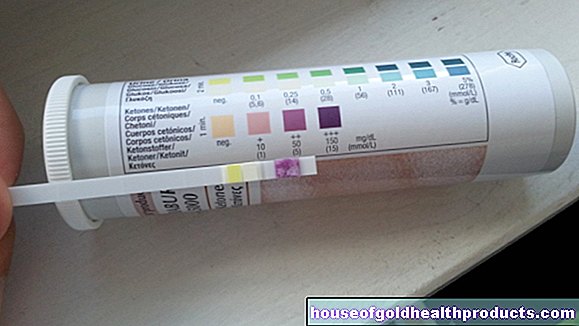




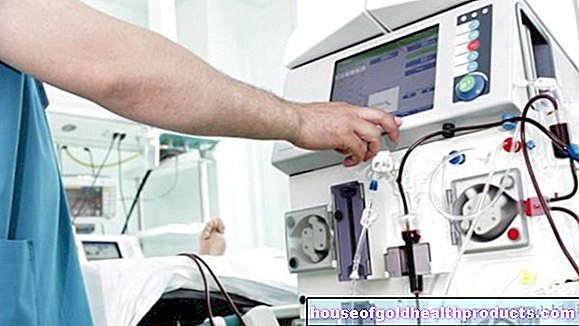



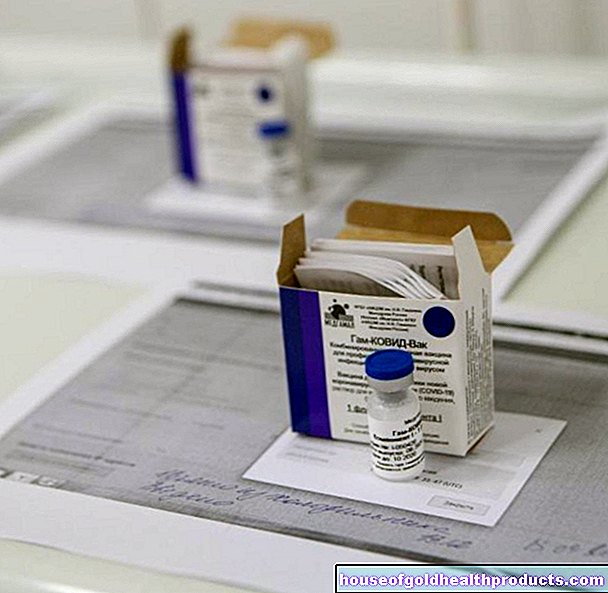
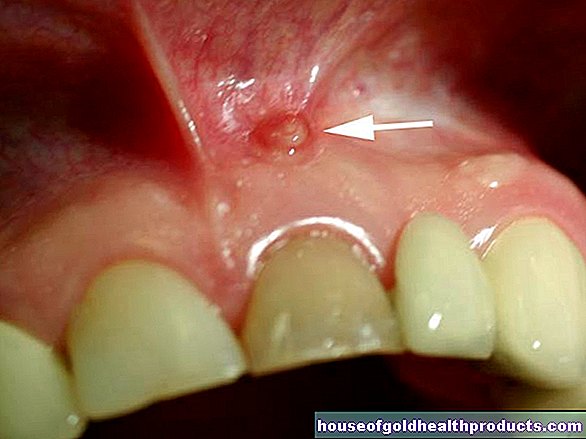








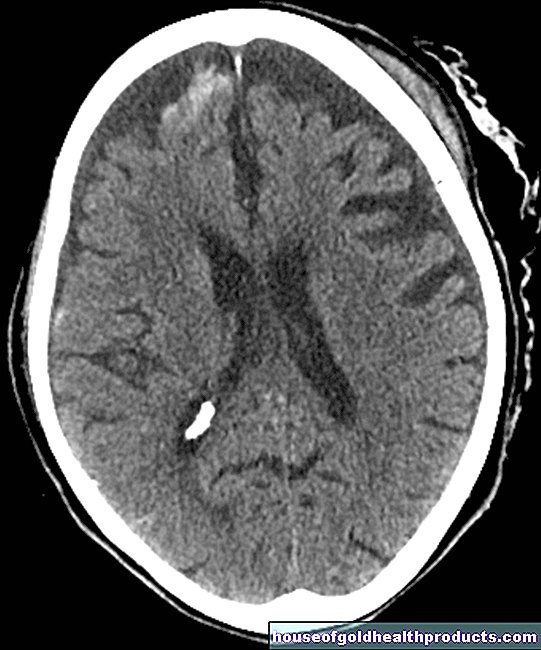

.jpg)